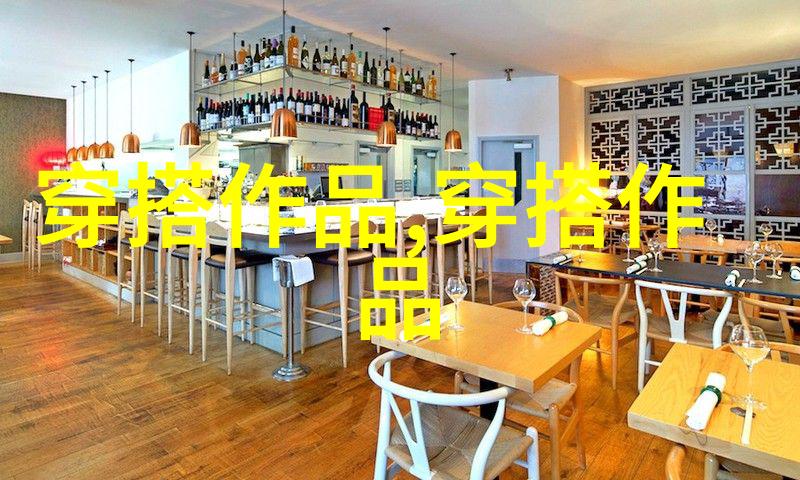舞鞋翩跹舞者脚下的艺术品
舞鞋的选择与搭配

在舞台上,舞者的每一步都承载着无数的精心设计和细节处理。从轻盈透气的练习鞋到华丽夺目的晚宴装扮,每一双舞鞋都是一个小小的艺术品,它们不仅能够提供舒适支持,更是展现出演员个性的重要组成部分。在选择和搭配舞鞋时,专业的芭蕾服装设计师会考虑到不同场合、不同的角色以及对身体各部位需求,以确保每一次跳跃都充满自信。
舞鞋制造工艺

制作一双高质量的舞鞋是一项复杂而精细的手工艺。从选材到最后打磨,每一步都是对材料耐心考验和技艺娴熟掌握。木质或者塑料做成的底座被巧妙地嵌入内衬,再加上优质皮革或丝绸制成外面层,这些材料共同构成了强韧又柔软的地球。手工缝制技术让每一只脚踏上的地方都能感受到浓厚的人文关怀。
舞蹈风格与独特性

芭蕾、现代、街舞等多种风格下,舞者的表演需要不同的动作,因此也就有了各种各样的dance shoes来应对这些挑战。比如说,在经典芭蕾中,女性使用的是尖头平底女士登台靴,它们带给观众一种优雅且神秘感。而男士则穿着全身覆盖金属网状物体以增添力量感,而非传统意义上的“帅气”。
舞者对于舒适度要求

对于专业跳伞运动员来说,最重要的事情就是保持足够灵活,同时保证足部不会过于疲劳。当他们穿上那双紧密包裹但又自由活动空间大得恰好的靴子,他们才能在空中的飞翔中找到真正属于自己的感觉。这正是为什么我们可以看到当他们降落回地球时,那副看似简单却实际操作起来极其复杂的心灵工具——冲击吸收系统——通常被称为“冲击装置”或者“冲击减震器”。
保存与修理技巧

随着时间推移,一双好用的dance shoes总会逐渐失去它最初的一抹光泽,但这并不意味着它们已经不能再用了。事实上,有很多方法可以恢复旧衣物甚至旧shoes原有的光泽,比如定期清洁、使用防水剂保护皮革或涂抹油漆维持色彩不褪。如果你发现你的dancing shoe出现了裂纹或损坏,可以尝试自己修补,但如果损害严重的话最好还是找专门的小提琴匠进行整理,这样才能够确保安全性同时还能保持美观。
创意与创新精神
作为一个文化元素,dance shoes不断地融入新的创意元素,无论是在颜色方面还是在设计结构上,都有无限可能。一种非常流行现在的是将自然元素(如树叶图案)结合进日常生活中的服饰,从而让人产生一种更接近自然界的情绪体验。此外,还有一些先锋设计师开始尝试将科技产品结合进衣服内部,比如微型电子设备用于跟踪身体状态,以便于更好地调整训练计划。
文化价值探讨
通过历史发展,我们可以看出dance shoes所承载的是深厚的情感联系。这不仅仅是一件单纯用来保护脚趾头的事物,而是一个故事背后的见证者,是那些曾经站在灯光下展示生命力和激情的人们留下的遗产。在某种程度上,它们反映出了人类社会对于美学追求的一种形式,也是人们为了纪念伟大的时代而留下的标记之一。
当代文化影响力分析
今天,在全球化背景下,不同国家和地区间文化交流日益频繁,使得我们的视野变得更加宽广。但即使如此,对于dance shoes这种古老传统之类的事物仍然存在巨大的兴趣,并且继续受到尊敬和赞赏。这说明尽管时代变迁,但某些基本的情感需求仍然没有改变,即人类向往于美丽、向往于表达自我并寻求连接他人的渠道依然有效,而且越来越多人意识到了这一点并愿意投资时间去学习它,以及享受它带来的乐趣。
未来的发展前景预测
随着科技不断进步,我们可以预见未来的dancing shoes将更加智能化,比如内置温度控制功能,让汗湿的大腿感到凉爽;还有可能实现自动调节弹簧系统,让每一次跳跃都像是第一遍一样新鲜;此外,与其他领域相互融合,将使得这些shoes更加轻薄同时保持坚固,不会因为长时间站立而导致疲劳。此刻,我仿佛能够听到未来世界里那些穿上了这样的shoes的人们踏出的节奏声响起,就像天籁般悦耳动听,是不是很期待呢?
10 结语:
在这个充满变化与挑战的地方,当我们看到一个完美旋转或者一个精湛绝伦的跳跃,我们应该意识到背后隐藏着无数辛勤付出的汗水。那份努力值得所有参与其中的人欣赏,因为它代表了一切关于爱情、希望及梦想最真挚的声音。在这样一个既宏伟又微小的地方,一双简单却珍贵至极的小东西— dance shoe ——成为了一切诉说的窗口,它触摸我们的灵魂,并永远铭记在我们心里。